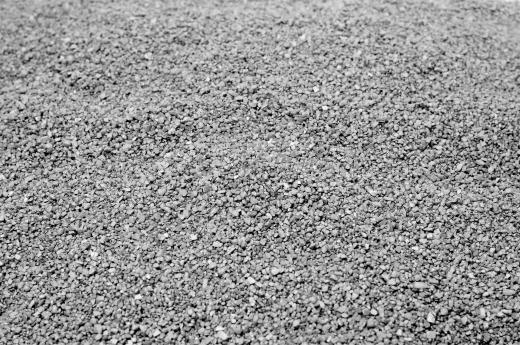Earthbag construction is the practice of creating structures — including buildings — built from layers of bags filled with soil, sediment, or stones. It results in inexpensive and sturdy structures. Militaries have been building protective earthbag construction bunkers for decades; this type of construction can be used for flood control and even to build homes and sheds. New designs and construction techniques make earthbag materials a practical, environmentally friendly, and economical way to build that provides insulation values above other types of construction. Both university research departments and designing construction firms continue to develop new applications for earthbag construction.
One of the immediately noticeable differences between conventional construction and earthbag construction is that concrete foundations are not necessary. The recommended foundation for earthbag walls is to dig a trench as wide as the bags, below the frost line. The trench should be lined with gravel and fitted with a French drainpipe that can drain water away from the building. On top of this gravel footing, several layers of bags should be gravel-filled to prevent moisture creep. Each layer of earthbags should be followed by two strands of four-point barbed wire to provide stability, and the inside and outside walls should be plastered to keep the sun’s ultraviolet rays from damaging the polypropylene bags.

In colder climates, it is recommended that bags be filled with scoria — crushed volcanic rock — instead of soils. The scoria creates trapped air in the bags, increasing the insular properties for predominantly cold climates. Additional bag filling materials include soil, sand, rice hulls, perlite, and vermiculite. The local climate and the availability of the filling materials can inform the choice of what filler to use. Using all of these fillers in earthbags for building homes, root cellars, farm outbuildings, cisterns, and retaining walls, can bring economy to construction.

Local area building codes and permit restrictions often present the biggest obstacles to planning an earthbag construction of any kind. For example, in many areas, though a concrete foundation is not necessary for soundness, it may be required before obtaining a building permit. A great deal of structural testing has taken place at universities to ensure the these structures are solid, but local code authorities may not recognize these studies. Additionally, local banks might be reluctant to give a construction loan for non-traditional construction plans, as finding a comparable home in the area to formulate comparable home value for the loan may prove difficult. Nevertheless, many have managed these obstacles to build their passive-solar dream homes cheaply, doing much of the labor themselves.
